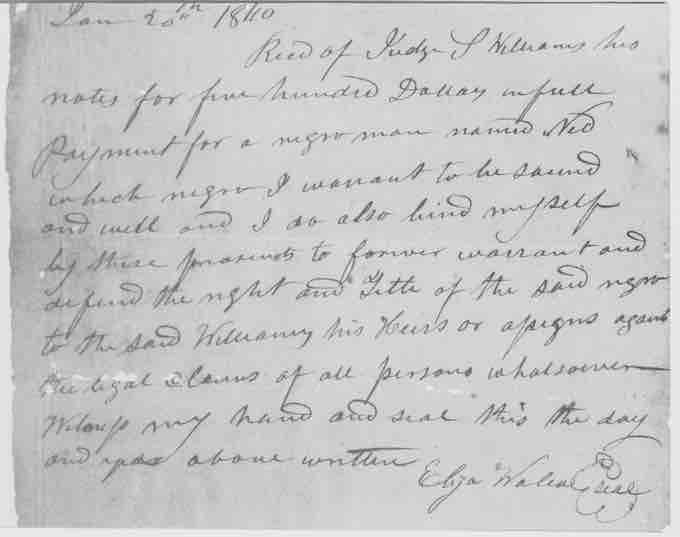Slave marriages were illegal in Southern states, and slave couples were frequently separated by slave owners through sale. Often slaves were not even permitted to choose their sexual partners or co-parents. In The Slave Community (1979), historian John W. Blassingame grants that slave owners did have control over slave marriages. They encouraged monogamous relationships to, "make it easier to discipline their slaves. ... A black man, they reasoned, who loved his wife and his children was less likely to be rebellious or to run away than would a 'single' slave." Blassingame notes that when a slave couple resided on the same plantation, the husband witnessed the whipping and raping of his wife and the sale of his children. He remarks, "Nothing demonstrated his powerlessness as much as the slave's inability to prevent the forcible sale of his wife and children."
Nevertheless, Blassingame argues that, "however frequently the family was broken it was primarily responsible for the slave's ability to survive on the plantation without becoming totally dependent on and submissive to his master." He contends:
“While the form of family life in the quarters differed radically from that among free Negroes and whites, this does not mean it failed to perform many of the traditional functions of the family—the rearing of children being one of the most important of these functions. Since slave parents were primarily responsible for training their children, they could cushion the shock of bondage for them, help them to understand their situation, teach them values different from those their masters tried to instill in them, and give them a referent for self-esteem other than the master.”
Blassingame asserts that slave parents attempted to shield infants and young children from the brutality of the plantation. When children understood that they were enslaved (usually after their first whipping), parents dissuaded the children from trying to run away or seek revenge.
Children observed fathers demonstrating two behavioral types. In the quarters, he “acted like a man,” castigating whites for his and his family's mistreatment; in the field working for the master, he appeared obedient and submissive. According to Blassingame, "Sometimes children internalized both the true personality traits and the contradictory behavioral patterns of their parents." He believes that children recognized submissiveness as a convenient method to avoid punishment and the behavior in the quarters as the true behavioral model. Blassingame concludes, "In [the slave father's] family, the slave not only learned how to avoid the blows of the master, but also drew on the love and sympathy of its members to raise his spirits. The family was, in short, an important survival mechanism."

Slave sale receipt
This image shows a receipt for the sale of a slave.